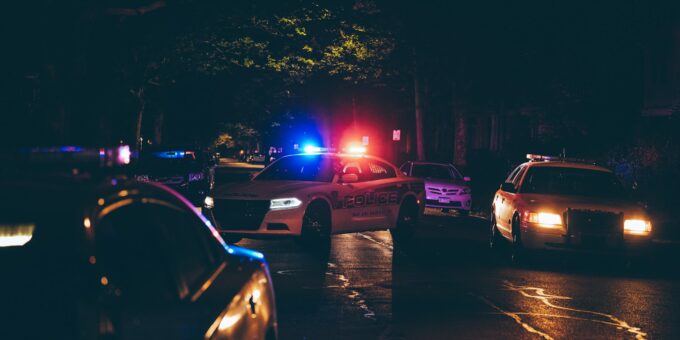
Dallas, Texas, like many major cities in the United States, faces the ongoing challenge of crime. While the city has made significant strides in addressing this issue, there are still underlying factors and patterns that can either hinder or help further crime reduction efforts. In this post, we’ll explore the unseen opportunities, underground trends, and hidden patterns that are influencing the crime rate in Dallas. Understanding these elements is crucial for policymakers, law enforcement, and community leaders who are committed to making Dallas a safer place for everyone.
Unseen Opportunities in Community Engagement
One of the most overlooked opportunities in reducing crime in Dallas lies in community engagement. While large-scale policing and legal reforms are essential, grassroots efforts can have a profound impact on crime rates. Neighborhood watch programs, local youth initiatives, and community policing are just a few examples of how residents can take an active role in reducing crime.
In Dallas, some neighborhoods have already begun to see success through increased community involvement. For instance, areas with active neighborhood associations often report lower crime rates due to a stronger sense of community and more vigilant citizens. The unseen opportunity here is expanding these programs citywide, especially in neighborhoods that are more susceptible to crime but have yet to establish such initiatives. The city could see a substantial reduction in crime by fostering stronger connections between residents and law enforcement.
Underground Trends Affecting Crime in Dallas
Underground trends, often overlooked in public discourse, play a significant role in shaping the crime landscape in Dallas. These trends include the rise of organized crime, the spread of gang activity, and the proliferation of unregulated markets for illegal goods.
For instance, Dallas has seen an increase in gang-related activities, which often go unnoticed until they erupt into more visible forms of violence. This underground trend is particularly dangerous because it can fuel other types of crime, including drug trafficking, robbery, and even human trafficking. Addressing these trends requires a more nuanced approach, including targeted law enforcement efforts and programs aimed at dissuading youth from joining gangs.
Another underground trend is the rise of cybercrime in the Dallas area. As the city becomes more digitized, cybercriminals have found new ways to exploit vulnerabilities in both businesses and individuals. This includes everything from identity theft to more sophisticated forms of hacking. The city’s crime reduction strategy must evolve to address these digital threats, which are less visible but can be just as damaging as more traditional forms of crime.
Hidden Patterns in Crime Statistics
Understanding hidden patterns in crime statistics is crucial for developing effective crime reduction strategies. While raw numbers can tell part of the story, they often miss the nuances that reveal the root causes of crime. In Dallas, certain hidden patterns are emerging that could hold the key to more effective interventions.
One such pattern is the correlation between economic inequality and crime rates. Areas of Dallas with higher levels of poverty often experience higher crime rates, particularly property crimes like burglary and theft. This pattern suggests that addressing economic disparities through job creation, education, and social services could be a powerful tool in reducing crime.
Another hidden pattern is the time and location of certain crimes. For example, some areas may experience spikes in crime during certain times of the year or even certain times of the day. By analyzing these patterns, law enforcement can allocate resources more effectively, focusing on hotspots and times when crimes are most likely to occur.
Moreover, demographic shifts in Dallas are also influencing crime patterns. As neighborhoods gentrify, there can be tensions between long-time residents and new arrivals, sometimes leading to an increase in crime. Understanding these social dynamics is essential for maintaining public safety while also fostering community growth and cohesion.
The Path Forward
Dallas has made progress in reducing crime, but to achieve lasting change, the city must look beyond the surface. By seizing unseen opportunities in community engagement, addressing underground trends like gang activity and cybercrime, and analyzing hidden patterns in crime statistics, Dallas can develop a more comprehensive and effective approach to crime reduction.
The key is to think strategically and proactively, rather than simply reacting to crime as it occurs. This means investing in community programs, supporting law enforcement with the tools and training they need to tackle emerging threats, and continuously analyzing data to identify and respond to new trends and patterns.
As Dallas continues to grow and evolve, so too must its strategies for ensuring the safety and security of its residents. By focusing on these lesser-known factors, the city can build a safer, more resilient community for all.
















